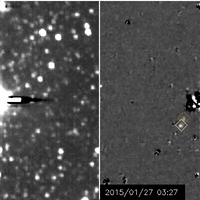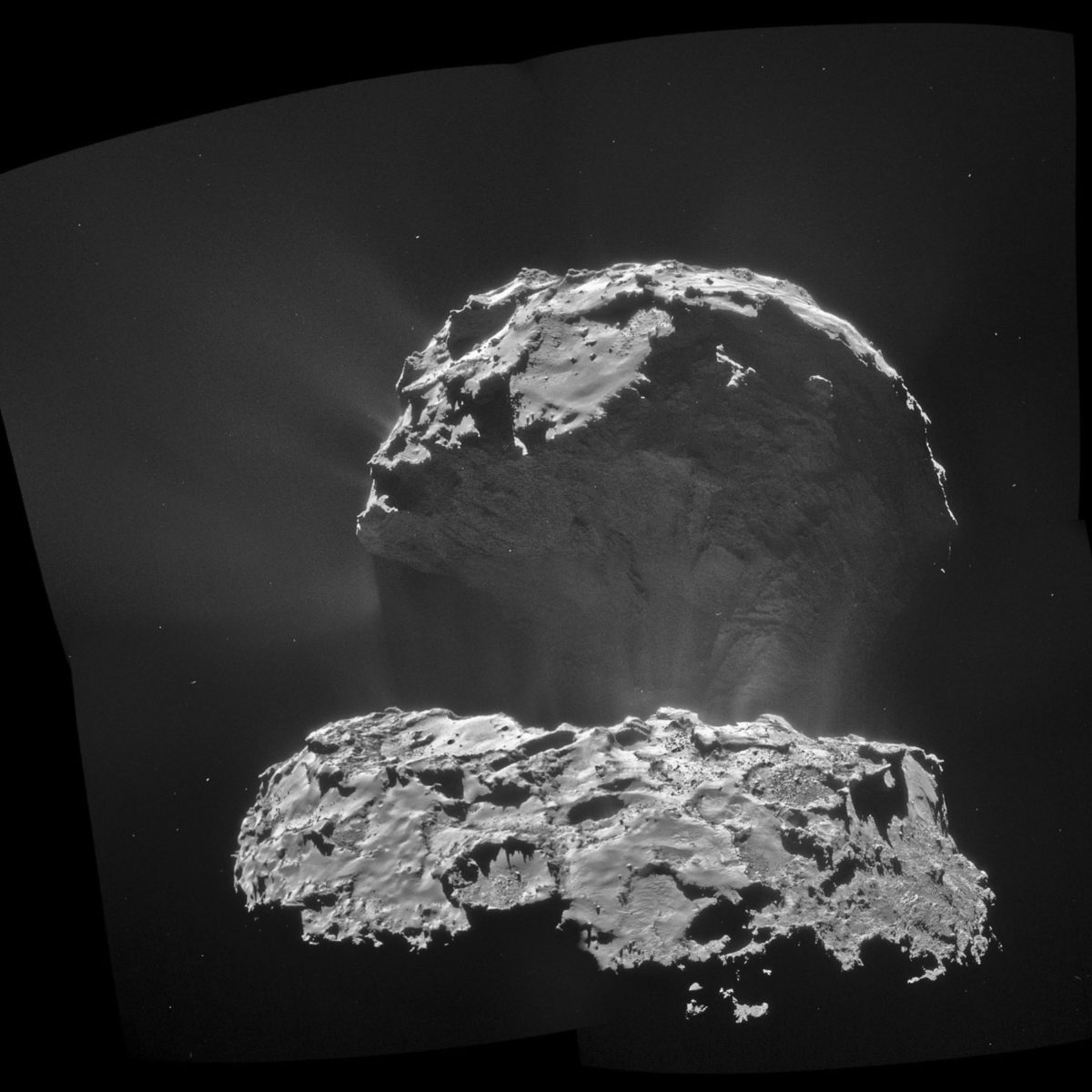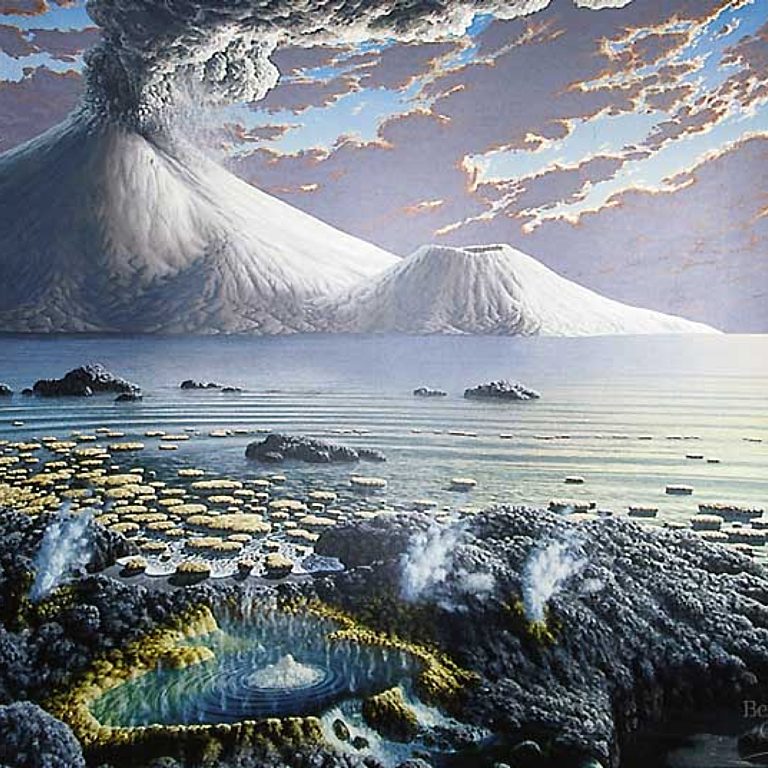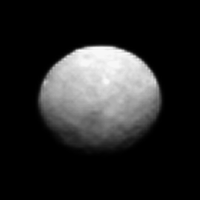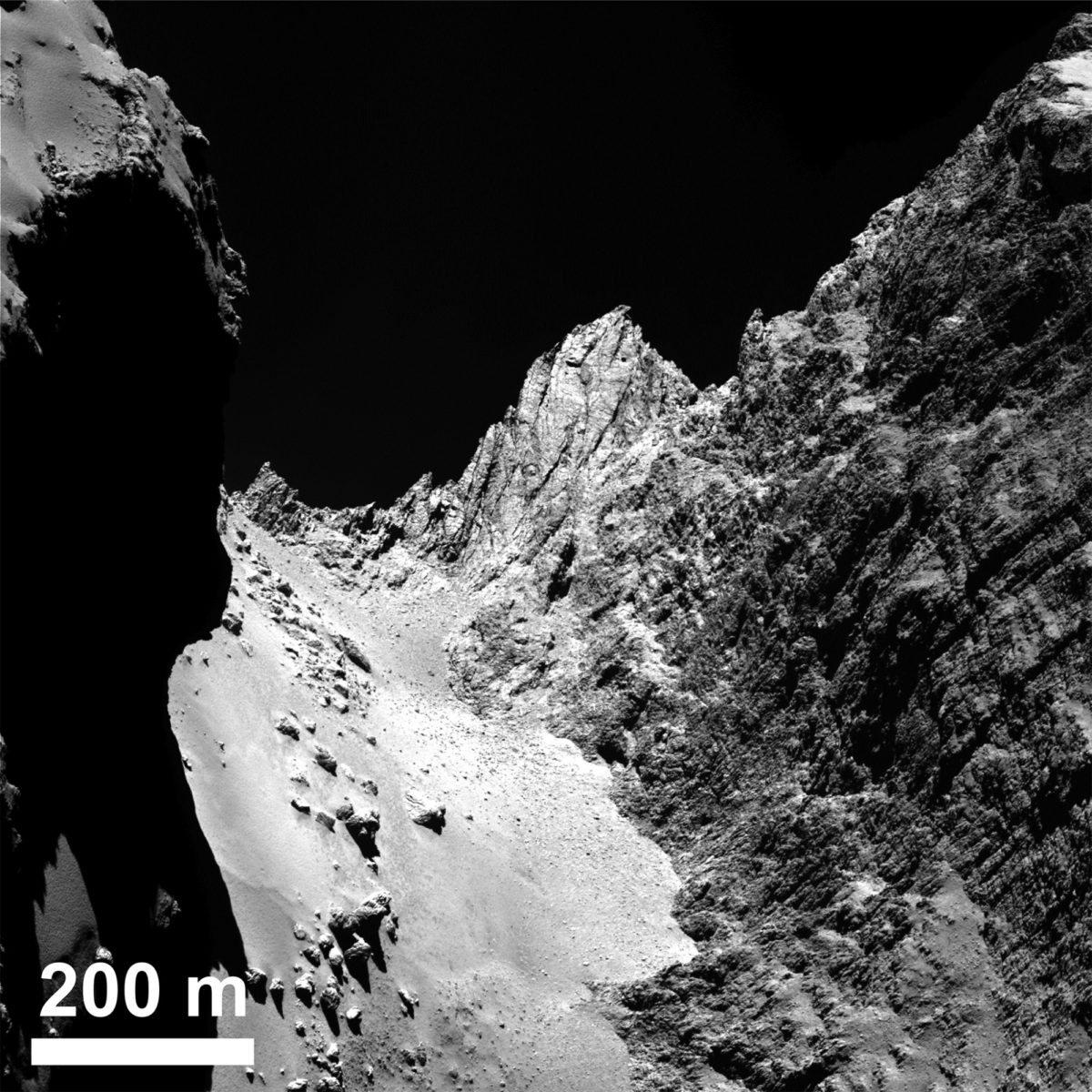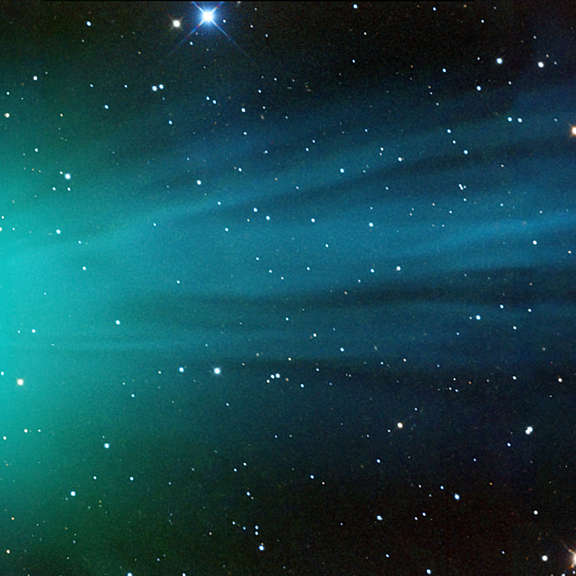All
All
Stories, updates, insights, and original analysis from The Planetary Society.
Seeing Ceres: Then and Now
Technology writer Paul Gilster shares his interest in how we depict astronomical objects, focusing on the dwarf planet Ceres.
Watch Ceres rotate: A guide to interpreting Dawn's images
NASA held a press briefing on the Dawn mission yesterday, sharing some new images and early interpretations of them. I see lots of things that intrigue me, and I'm looking forward to Dawn investigating them in more detail. I invite you to check out these photos yourself, and offer you some guidance on things to look for.
Pluto Science, on the Surface
New Horizons' Principal Investigator Alan Stern gives an update on the mission's progress toward Pluto.
Dawn Journal: Ceres' Deepening Mysteries
Even as we discover more about Ceres, some mysteries only deepen. Mission Director Marc Rayman gives an update on Dawn as it moves ever closer to its next target.
At last, Ceres is a geological world
I've been resisting all urges to speculate on what kinds of geological features are present on Ceres, until now. Finally, Dawn has gotten close enough that the pictures it has returned show geology: bright spots, flat-floored craters, and enigmatic grooves.
New Horizons spots Nix and Hydra circling Pluto and Charon
A series of images just sent to Earth from New Horizons clearly shows Pluto's moons Nix and Hydra orbiting the Pluto-Charon binary.
An active comet, from a distance
Rosetta has closed to within 50 kilometers of Churyumov-Gerasimenko, on its way to a very close, 6-kilometer flyby of the comet tomorrow. To prepare for the flyby, Rosetta traveled much farther away, allowing it to snap these amazing photos of an increasingly active comet from a great distance.
Rosetta shifts from sedate circular orbits to swooping flybys
For the period of time before and after the Philae landing, Rosetta was able to orbit the comet close enough that it was in gravitationally bound orbits, circling the comet's center of gravity. As the comet's activity increases, the spacecraft has to spend most of its time farther away, performing occasional close flybys. The first of these is at 6 kilometers, on February 14.
Planet Formation and the Origin of Life
To understand the possible distribution of life in the Universe it is important to study planet formation and evolution. These processes are recorded in the chemistry and mineralogy of asteroids and comets, and in the geology of ancient planetary surfaces in our Solar System.
Ceres coming into focus
The Dawn mission released new images of Ceres yesterday, taken on February 4, when Dawn had approached to within 145,000 kilometers. More details are coming into view, and they're fascinating. For one thing, there's not just one white spot any more: there are several.
New Horizons returns first images from mission's Pluto approach phase
Here they are, the first images of Pluto from the approach phase of the New Horizons mission. Science has begun; we're on the home stretch!
Ceres Coming Into View
Dawn is on approach to Ceres, the largest of the asteroids, and is starting to resolve features.
Camera now measuring even fainter Near-Earth Objects
Camera purchased with the support of a 2009 Shoemaker NEO Grant is now on a new telescope providing follow-up measurements for even fainter near-Earth objects.
Dawn Journal: Closing in on Ceres
Dawn's chief engineer Marc Rayman gives an update on the mission as it gets ever closer to its next target: The dwarf planet Ceres.
A second ringed centaur? Centaurs with rings could be common
Chiron, which is both a centaur and a comet, may also have rings.
Ceres: Just a little bit closer (and officially better than Hubble)
Last week's Dawn images of Ceres were just slightly less detailed than Hubble's best. This week's are just slightly better.
At last! A slew of OSIRIS images shows fascinating landscapes on Rosetta's comet
The first results of the Rosetta mission are out in Science magazine. The publication of these papers means that the OSIRIS camera team has finally released a large quantity of closeup images of comet Churyumov-Gerasimenko, taken in August and September of last year. I explain most of them, with help from my notes from December's American Geophysical Union meeting.
Addressing some common questions about Comet Lovejoy
Lowell Observatory's Matthew Knight addresses several points of confusion that have repeatedly come up in the coverage of Comet Lovejoy.
Pretty Picture: Comet Lovejoy
Astrophotgrapher Adam Block shares an image of Comet Lovejoy, which is currently visible with binoculars.
New Dawn images of Ceres: comparable to Hubble
Dawn has captured a series of photos of a rotating Ceres whose resolution is very close to Hubble's, and they show tantalizing surface details.


 Explore Worlds
Explore Worlds Find Life
Find Life Defend Earth
Defend Earth


 Sun
Sun Mercury
Mercury Venus
Venus Earth
Earth Mars
Mars Jupiter
Jupiter Saturn
Saturn Uranus
Uranus Neptune
Neptune Small Bodies
Small Bodies



